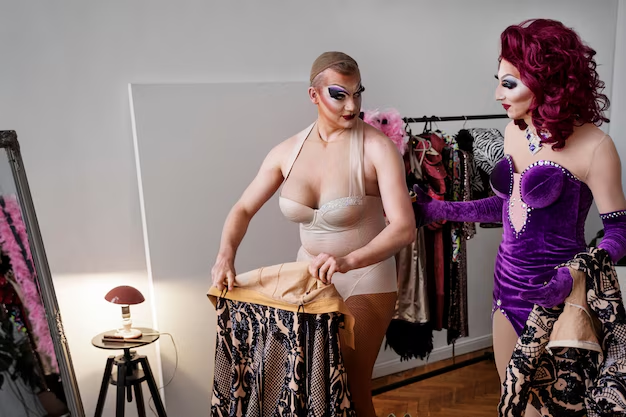Introduction
Popular culture, body image, and the media have covered big tits extensively. Depending on the context, this term may signify a positive connotation, as in positive admiration, or it may imply negatives, as in disdain! It is essential for body positivity, combatting societal expectations, and celebrating what makes you, you. Origin, cultural impact, challenges, future perspectives, and some practical advice for those having these conversations; this is what this article offers.
Big Tits’ as a Meta-Genre: An Overview of the Cultural Context
The portrayal of larger breasts has changed throughout time and across cultures. Many ancient cultures prized ample bosoms as emblems of fertility and motherhood. Renaissance art celebrated women shaped like a pear, celebrating curves, the natural form, and fullness. In contemporary society, the media and fashion play powerful roles in shaping perceptions, idealizing sizeable bosoms one minute before vilifying them the next, leaving the truth as easy to discern as a tight corset.
- The fixation on the size of female breasts has far-reaching consequences in the fashion, entertainment, and medical industries. From Victorian-era corsets to contemporary push-up bras and implants, the societal obsession has been a force for both self-expression and commercialization.
Psychological Effects and Concerns over Body Image
For lots of people having ‘big tits’ can be a love/hate relationship with someone’s body. For some it may bring empowerment and confidence, but for others may be the cause of body image issues, discomfort or unwanted looks. Society’s objectification of women often worsens these challenges, so addressing the emotional costs is vital.
- The body positivity movements have made an essential contribution in encouraging individuals to share their natural shapes. Campaigns promoting self-love and diversity are encouraging people to take pride in their differences instead of adhering to narrow beauty standards. Still the road to acceptance is an intensely personal one and often needs friends, family or mental health professionals to help along the way.
This is not an easy thing to do at population level as it poses different health implications and challenges.
There are unique physical challenges to having ‘big tits’. You may also have common problems such as back pain, bad posture and trouble finding clothes, especially bras, that fit well. These issues can result in patients seeking medical assistance, such as the use of custom bras or, in some cases, breast reduction surgery.
- At the same time, health professionals recommend good support and posture exercises to help the hurt stop. Innovations in the design of bras and more inclusive clothing lines have been little by little relieving women of these problems. Additionally, spreading awareness of these issues normalizes breast health conversations.
The Impact of Representation in the Media
More recently, the media has had a significant impact on the perception of ‘big tits‘. Media movies, TV shows, advertisements — often depict larger breasts as a signal of attractiveness or sexual appeal. And though some representations are empowering, others reinforce negative stereotypes and objectification.
- Social media has introduced an additional dimension to this equation. As influencers and content creators continue to share their bodies for all to see, these postures and gestures have become standardized, revealing something deeper about societal perceptions of femininity. Regardless, the pressure to achieve certain styles live on few many, so continue to consume the media with a critical eye and ensure you support and uplift more diverse representation!
Looking Ahead: Accent Diversity: Dismantling the stereotypical mindset
We hope to help change the conversation about ‘big tits’ in the future. Teaching people about the wide range of human bodies and the need for body neutrality can change social perspectives. Rather than aesthetics, the conversation can center around health, confidence and personal expression.
- Brands and organizations can also play their part in promoting inclusive marketing campaigns and in creating products that suit a wider range and variety of body types. Through honoring all aspects of beauty, we can strive for a more tolerant and supportive community for all.
Conclusion
Discussions around such a subject as ‘big tits’ can be quite complex and involve a variety of issues from historical and cultural to psychological and health-related. Though people have become more body positive and inclusive as a whole, it seems we still have work and effort to see beyond the stereotypes. Acceptance Committing to diversity and fostering open discussions enable us to raise a generation that is proud of who they are.

